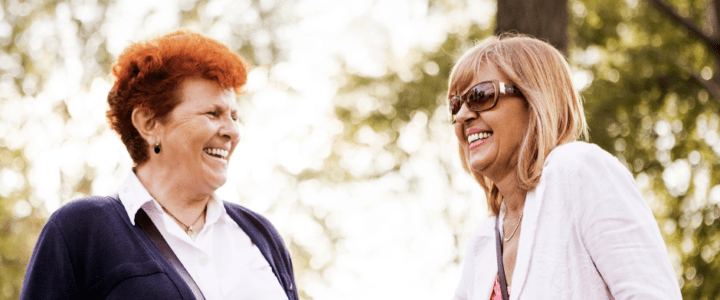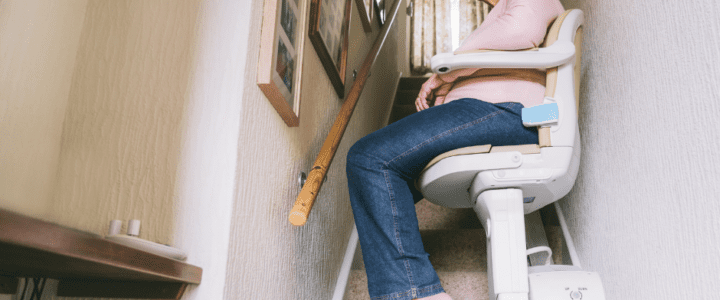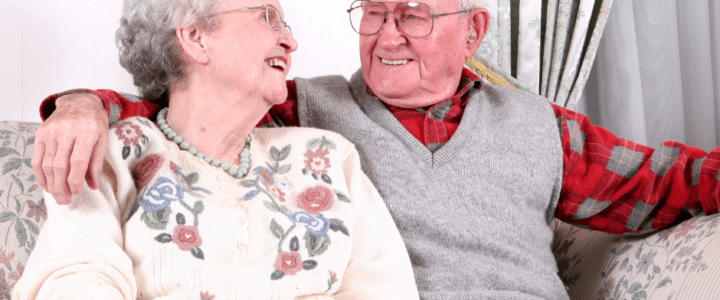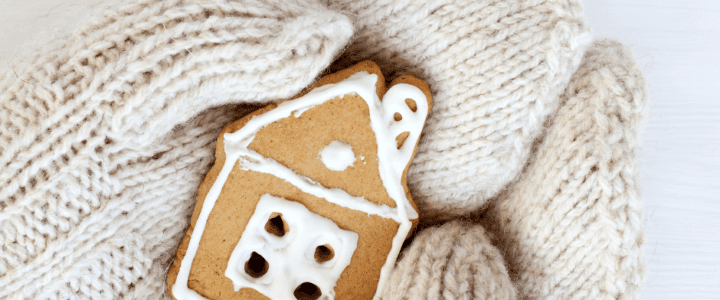Navigating Resistance – A Guide for Supporting Your Aging Loved One
Adapting to change can be challenging, especially when caring for a senior loved one who resists assistance. Many family caregivers encounter this struggle, but you’re not alone. According to a Penn State University study, around 80 percent of adult children who are caregivers find their parents “stubborn.”
Family caregivers frequently face challenges persuading a parent to cease driving, attend medical appointments, or contemplate relocating to a safer environment. These challenges can result in tension among family members. Addressing these challenges requires empathy and effective communication.
Ask Open-Ended Questions: This allows you to understand the root of their resistance. They will share their feelings and fears and you will be able to understand them better.
Show Empathy: A senior might resist your advice because they fear losing their independence and identity. Highlight that accepting help now preserves their autonomy longer.
Enlist the Help of a Trusted Advisor: In situations where safety is a concern, seek support from trusted advisors like their pastor, rabbi, or physician. These individuals can provide unbiased perspectives.
Take Small Steps When Proposing Changes and Compromise: Suggest attending a few interactive events at an assisted living community, meeting the residents, or going for a lunch tour. Reinforce that it won’t obligate them to anything.
Timing is Crucial: When approaching difficult conversations, choose a relaxed atmosphere for face-to-face discussions. Start gradually, acknowledging that you can only do so much. If your loved one refuses help, respect their decision for now.
During this challenging time, The Village at Sugar Land team is here to assist you. Whether you have questions, need someone to talk to, or want to explore options, reach us at (281)729-8800





